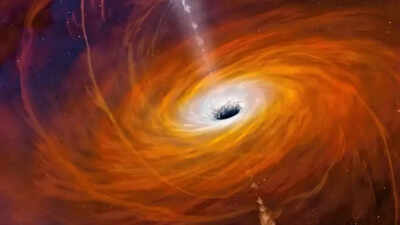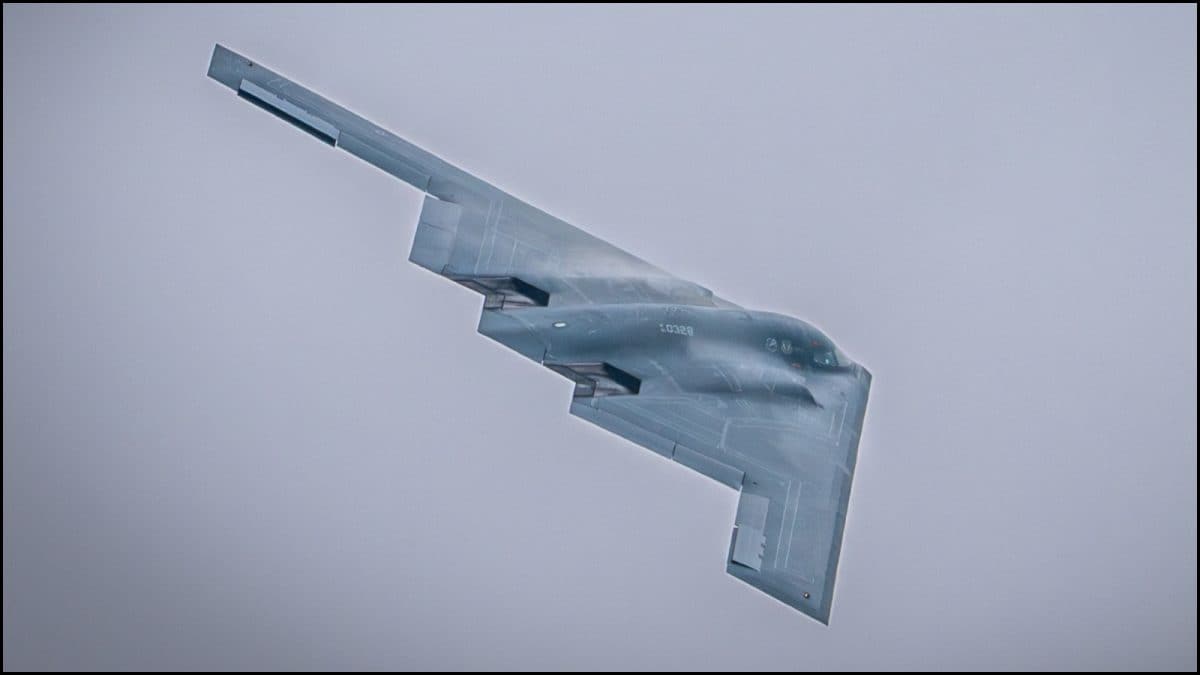ARTICLE AD BOX

NASA, along with the European Space Agency (ESA) and several ground-based observatories, has detected some of the most powerful space explosions ever recorded. These dramatic events happened when giant black holes tore apart massive stars. The explosions were so intense that they released more energy than 100 supernovae, which are already among the brightest events in space.These rare outbursts, known as "
extreme nuclear transients
," revealed black holes that were previously hidden in distant galaxies. One such explosion, nicknamed “Barbie,” was one of three spotted by astronomers. These powerful flashes of light lasted for months and are giving scientists new insight into how black holes behave and how they help shape the galaxies around them. They may even help us detect black holes that existed over 12 billion years ago, closer to the beginning of the universe.
NASA captures black holes exposed by devouring stars
Most black holes are invisible because they don’t emit light unless they are actively feeding. However, when a star gets too close to a black hole, it gets pulled in and shredded apart. This violent process, called a tidal disruption event, causes the black hole to light up with a bright flash of energy across many wavelengths, including ultraviolet light, X-rays, and infrared.
Using data from NASA’s Swift Observatory, ESA’s Gaia mission, WISE/NEOWISE, and many Earth-based telescopes, scientists captured these rare events. The black holes involved in these cases swallowed stars that were three to ten times bigger than our Sun. The energy from these events built up over more than 100 days and then slowly faded over the next 150 days.The “Barbie” event was first noticed in 2020 by the Zwicky Transient Facility, a sky survey project in California. Two similar explosions were recorded by Gaia in 2016 and 2018. NASA’s Swift telescope helped confirm that these were black holes tearing stars apart, and not just exploding stars or other kinds of space activity. The radiation from these events also lit up the dusty areas around the black holes, giving scientists a closer look at the environments where these giants live.
A new way to discover ancient black holes
These extreme nuclear transients are giving astronomers a new tool to find
supermassive black holes
that are otherwise invisible, especially in the early universe. Scientists believe that 90 percent of black holes from that time are inactive, meaning they don’t consume anything and stay completely dark. But if one of those ancient black holes rips apart a star, it briefly becomes visible.As the universe expands, the light from these old explosions stretches into infrared light, which is harder to see with regular telescopes. Fortunately, NASA’s upcoming Nancy Grace Roman Space Telescope, planned to launch by 2027, is designed to detect this kind of stretched infrared light. With its powerful sensors and wide view of the sky, it could spot these rare events from as far back as 12 billion years ago, when the universe was only about 10 percent as old as it is today.This research was supported by NASA’s FINESST grant program and the Hubble Fellowship. According to lead author Jason Hinkle, these findings give astronomers a roadmap for finding more hidden black holes and understanding how they grow and influence the universe over billions of years.



.png)
.png)
.png)
















 5 hours ago
3
5 hours ago
3









 English (US) ·
English (US) ·